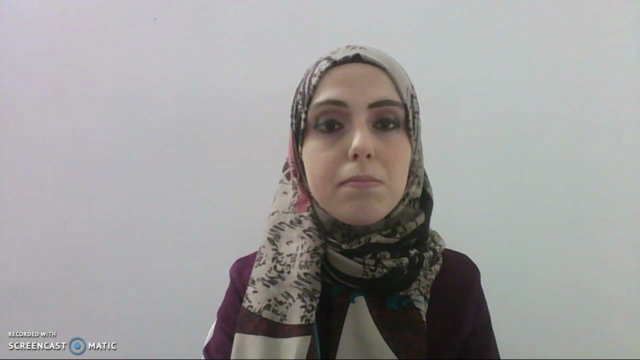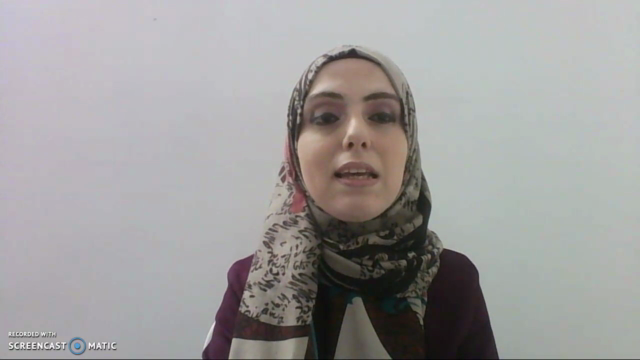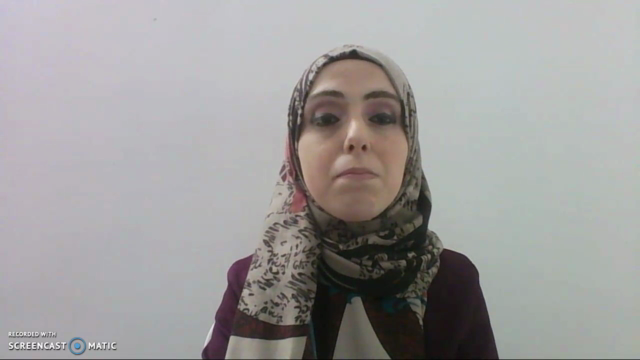Homeo-Osteo: A Medical Bricolage of Homeopathy & Osteopathy

Why take this course?
🌱 Explore the Synergy of Healing: Homeo-Osteo 🌱
Background of the Course: Homeopathy, derived from the Greek terms "homois" (similar) and "pathos" (suffering), is a holistic medical approach that employs highly diluted substances to stimulate the body's own healing mechanisms. Similarly, osteopathy, which gained national recognition in the last 19th century, focuses on the musculoskeletal system and its impact on a person's overall health. In this course, we delve into the intricate relationship between these two healing practices.
The Aim of Course: This course aims to explore the nuances and methodologies involved in the practice of Homeo-Osteo – a Medical Bricolage of Homeopathy & Osteopathy. We will navigate through the complexities of this bricolage approach, which often requires us to adapt our methods creatively as we progress with our research or clinical practices.
Course Questions:
- How does our knowledge base, shaped by conventional systems, influence our understanding and practice of Homeo-Osteo?
- Can we identify the less explicit aspects of our approaches that may stem from our own philosophical and ontological presumptions?
Significance of the Course: Understanding the interplay between Homeopathy and Osteopathy is crucial in the realm of Translational Medicine. It involves optimizing patient care by integrating the best aspects of both practices to prevent, diagnose, and treat diseases effectively, ultimately contributing to health policy development.
Method and Outline: Through the lens of Bricolage Theory, this course will examine how power dynamics within medical discourses can affect communication and practice. We will compare Homeopathy and Osteopathy, not just theoretically but also practically, by considering their differences in the context of Complementary and Alternative Medicine (CAM).
Discussion: Homeopathy has been a subject of considerable debate regarding its remedies, while less attention has been given to its therapeutic process as practiced by patients. In contrast, musculoskeletal conditions like low back pain are prevalent and impose significant healthcare burdens.
Results and Conclusion: Homeopathy's global spread in the 19th century was partly due to its effectiveness in managing epidemics. Today, osteopathic doctors are well-positioned to contribute to research in this field, given their role in providing spinal manipulation and primary care services.
Future Work and Recommendation: We must challenge purist methodological approaches and embrace a multitheoretical, multimethodological, and multidisciplinary stance in survey methods. As academic societies, we have a responsibility to nurture graduate scholars' innovative research efforts, fostering awareness evolution and pushing the boundaries of our knowledge.
Key Takeaways:
- Homeo-Osteo represents a blend of homeopathic and osteopathic practices, offering a unique perspective on medical bricolage.
- The course encourages a deeper understanding of the complementary and alternative medicine landscape, particularly through the lens of Bricolage Theory.
- By examining the differences between Homeopathy and Osteopathy, we can enhance our approach to patient care within Translational Medicine.
Join us on this journey to unravel the complexities of medical bricolage, blending homeopathy and osteopathy into a holistic healing experience. 🕊️✨
Key Words: Homeo-Osteo; Medical Bricolage; Homeopathy; Osteopathy.
Course Gallery




Loading charts...